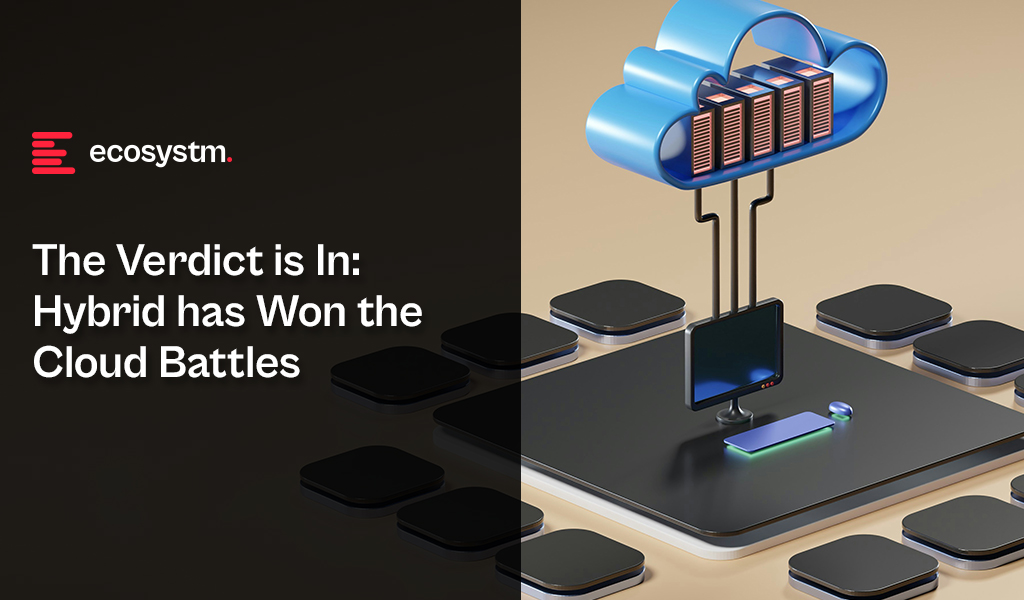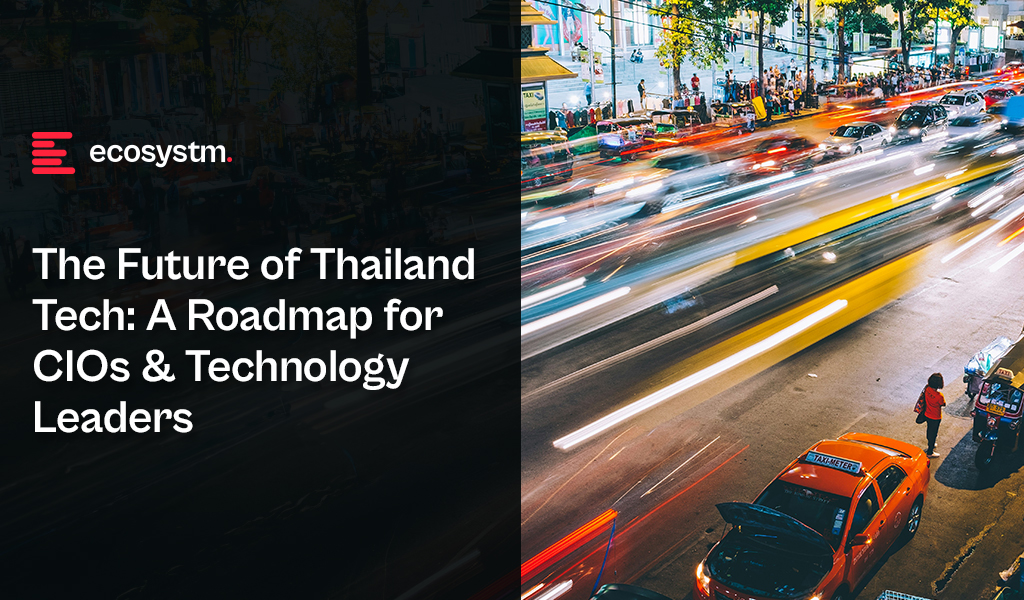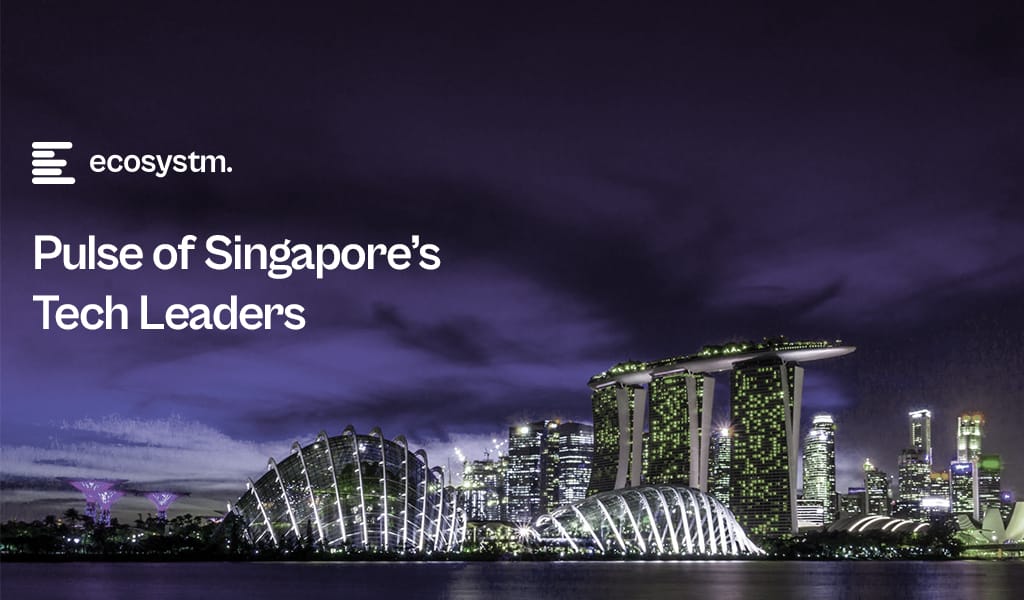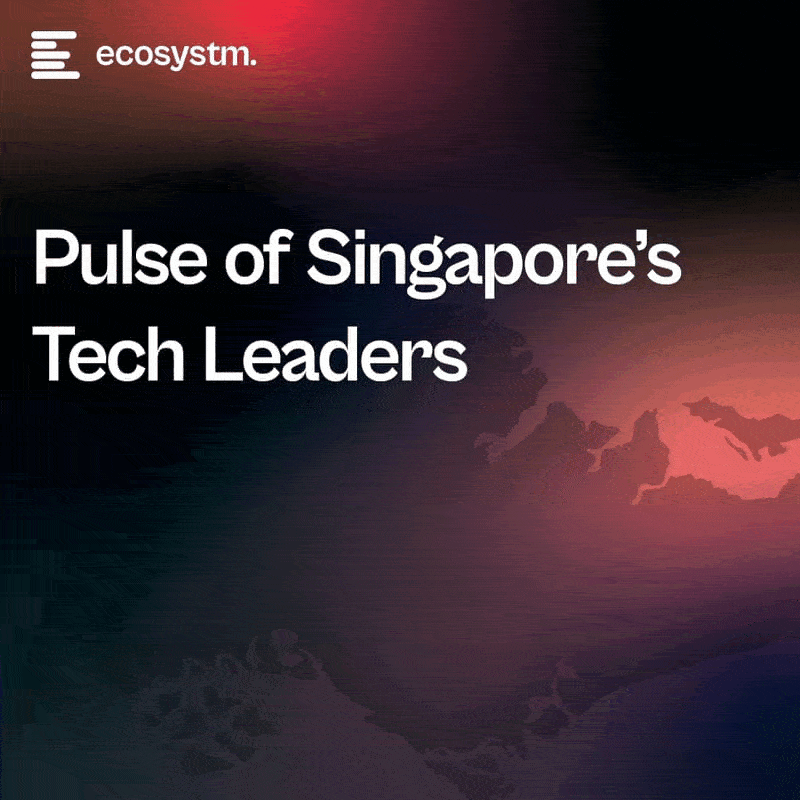At the Nutanix .NEXT 2024 event in Barcelona, it became clear that the discourse around cloud computing has evolved significantly. The debate that once polarised organisations over whether on-prem/co-located data centres or public cloud was better has been decisively settled. Both cloud providers and on-prem equipment providers are thriving, as evident from their earnings reports.
Hybrid cloud has emerged as the clear victor, offering the flexibility and control that organisations demand. This shift is particularly relevant for tech buyers in the Asia Pacific region, where diverse market maturities and unique business challenges require a more adaptable approach to IT infrastructure.
The Hybrid Cloud Advantage
Hybrid cloud architecture combines the best of both worlds. It provides the scalability and agility of public cloud services while retaining the control and security of on-prem systems. For Asia Pacific organisations, that often operate across various regulatory environments and face unique data sovereignty issues, this dual capability is invaluable. The ability to seamlessly move workloads between on-prem, private cloud, and public cloud environments enables enterprises to optimise their IT strategies, balancing cost, performance, and compliance.
Market Maturity and Adoption in Asia Pacific
The region shows a wide spectrum of technological maturity among its markets. Countries like Australia, Japan, and Singapore lead with advanced cloud adoption and robust IT infrastructures, while emerging markets such as Vietnam, Indonesia, and the Philippines are still in the nascent stages of cloud integration.
However, regardless of their current maturity levels, organisations in Asia Pacific are recognising the benefits of a hybrid cloud approach. Mature markets are leveraging hybrid cloud to refine their IT strategies, focusing on enhancing business agility and driving innovation.
Ecosystm research shows that 75% of organisations in Australia have a hybrid, multi-cloud strategy. Over 30% of organisations have repatriated workloads from the public cloud, and only 22% employ a “cloud first” strategy when deploying new services.
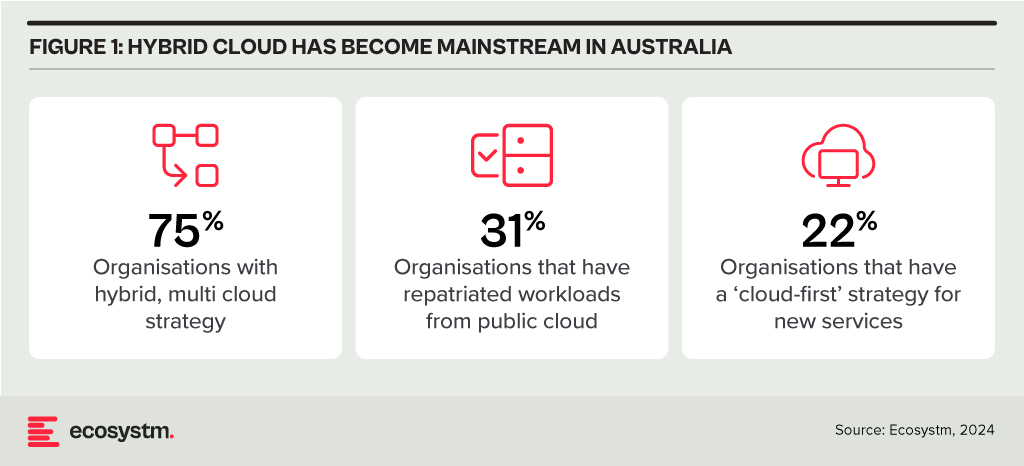
Meanwhile, emerging markets see hybrid cloud as a pathway to accelerate their digital transformation journeys without the need for extensive upfront investments in on-prem infrastructure. Again, Ecosystm data shows that when it comes to training large AI models and applications, organisations across Southeast Asia use a mix of public, private, hybrid, and multi-cloud environments.
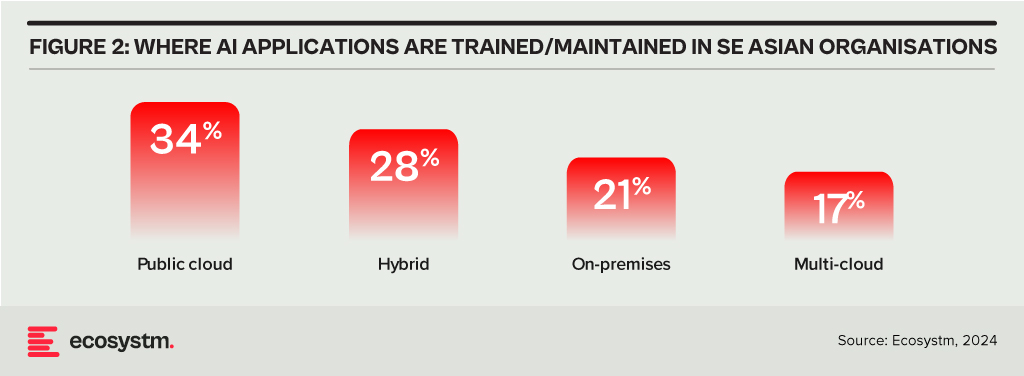
Strategic Flexibility Without Compromise
One of the most compelling messages from the Nutanix .NEXT 2024 event is that hybrid cloud eliminates the need for compromise when deciding where to place workloads – and that is what the data above represents. The location of the workload is no longer a limiting factor. Being “cloud first” locks organisations into a tech provider, whereas agility was once exclusively in favour of public cloud providers. Whether it’s for performance optimisation, cost efficiency, or regulatory compliance, tech leaders can now choose the best environment for every workload without being constrained by location.
For example, an organisation might keep sensitive customer data within a private cloud to comply with local data protection laws while leveraging public cloud resources for less sensitive applications to take advantage of its scalability and cost benefits. I recently spoke to an organisation in the gaming space that had 5 different regulatory bodies to appease – which required data to be stored in 5 different locations! This strategic flexibility ensures that IT investments are fully aligned with business objectives, enhancing overall operational efficiency.
Moving Forward: Actionable Insights for Asia Pacific Tech Leaders
To fully capitalise on the hybrid cloud revolution, APAC tech leaders should:
- Assess Workload Requirements. Evaluate the specific needs of each workload to determine the optimal environment, considering factors like latency, security, and compliance.
- Invest in Integration Tools. Ensure seamless interoperability between on-premises and cloud environments by investing in advanced integration and management tools.
- Focus on Skill Development. Equip IT teams with the necessary skills to manage hybrid cloud infrastructures, emphasising continuous learning and certification.
- Embrace a Multi-Cloud Strategy. Consider a multi-cloud approach within the hybrid model to avoid vendor lock-in and enhance resilience.
Conclusion
The hybrid cloud has definitively won the battle for enterprise IT infrastructure, particularly in the diverse Asia Pacific region. By enabling organisations to place their workloads wherever they make the most sense without compromising on performance, security, or compliance, hybrid cloud empowers tech leaders to drive their digital transformation agendas forward with confidence. Based on everything we know today*, the future of cloud is hybrid. Reform your sourcing practices to put business needs, not cloud service providers or data centres, at the centre of your data decisions.
*In this fast-changing world, it seems naïve to make sweeping statements about the future of technology!
The technology market in Thailand continues to evolve at an unprecedented pace, creating both exciting opportunities and significant challenges for tech leaders in the country. Real-world AI applications and cloud expansion define the future of IT strategies in 2024, as organisations push digital transformation forward. Understanding these trends is crucial for navigating today’s market complexities and achieving exponential growth. Here are the opportunities in the Thailand technology landscape and insights on how to address them effectively.
Tech Modernisation: Breaking Free from Vendor Lock-in
Data centre consolidation and infrastructure modernisation remain top priorities for organisations in Thailand. These processes catalyse the ‘de-requisitioning’ removing outdated or unnecessary technology from an organisation’s infrastructure. But vendor lock-ins pose challenges for organisations, mainly stifling organisational flexibility, hindering innovation, and exposing them to business disruption risks.
44% of organisations in Thailand are focused on consolidating data centres and modernising tech stacks to mitigate vendor lock-ins and enhance operational efficiency.
Modernising infrastructure reduces reliance on single vendors and improves scalability and resilience. Despite the widespread adoption of hybrid and multi-cloud environments, effectively managing these systems remains challenging and requires additional strategic investments.
Over-reliance on a single provider can expose organisations to new risks. This is why CIOs in Thailand are taking decisive steps to combat technology vendor lock-in. They are centralising and modernising their data centres and enhancing cross-platform tools to reduce vendor dependency.
This approach is key to their long-term growth and innovation, allowing them to remain at the forefront of the digital transformation landscape, ready to leverage emerging technologies and adapt to expanding business challenges.
The Hybrid Cloud Labyrinth: Managing Complexity for Success
Nearly 60% of Thailand organisations have embraced hybrid and multi-cloud environments, but the challenges of managing the complexity are often underestimated.
Hybrid strategies offer numerous benefits, such as increased flexibility, optimised performance, and enhanced disaster recovery capabilities. However, managing different cloud providers, each with its unique interface and operational management tools can be challenging.
The challenges of managing a hybrid IT environment are indeed multifaceted. Integration requires harmonising various technology services to work together seamlessly, which can be complex due to differing architectures and protocols. Security is another primary concern, as managing security across on-premises and multiple cloud providers necessitates consistent policies and vigilant monitoring to prevent breaches and ensure compliance. Additionally, efficiently utilising resources across hybrid clouds involves sophisticated monitoring and automation tools to optimise performance and cost-effectiveness. These challenges are real and pressing, and they demand attention and action.
Alarmingly, only 1% of organisations in Thailand plan to increase their investments in hybrid cloud management in 2024.
Organisations can ensure seamless integration, consistent security readiness, and efficient resource utilisation across diverse cloud platforms by investing in robust tools and practices for effective hybrid cloud management. This mitigates operational risks and security vulnerabilities and leads to cost savings due to well-managed cloud environments.
It’s crucial for CIOs in Thailand to urgently prioritise investing in new comprehensive management solutions and developing the necessary skills within their IT teams. This involves training staff on the latest hybrid cloud management technologies and best practices and adopting advanced tools that provide visibility and control over multi-cloud operations. Cracking the hybrid/multi-cloud code empowers CIOs to not only navigate these environments, but also unlock the potential of advanced technologies like AI, ultimately driving superior IT services and expanded business growth. The urgency of this task cannot be overstated, and the sooner you act, the better prepared your organisation will be for the future.
The Future of Work: AI Adoption for Enhanced Productivity
AI is a powerful tool for improving employee productivity and transforming internal operations.
However, only 12% of Thailand’s organisations invest in AI to enhance the employee experience.
This represents a missed opportunity for organisations to utilise AI’s potential to streamline processes, automate repetitive tasks, and provide personalised support to employees.
AI can significantly enhance operational efficiency by automating routine tasks, enabling staff to focus on strategic initiatives. For instance, AI-driven analytics platforms can process vast amounts of data in real time, providing actionable insights that help businesses make informed decisions quickly. AI frees employees to focus on higher-level tasks like developing innovative solutions and strategies. This empowers them to take on more strategic roles, fostering personal growth and career advancement.
The early adopters of AI in Thailand are already reaping the benefits, gaining significant competitive edge by enhancing employee productivity and satisfaction.
In Thailand AI adoption is gaining momentum within tech teams – 44% are exploring its potential for various use cases.
However, its capabilities extend far beyond. AI encompasses a wide range of technologies that can generate content, such as text, images, and code, based on input data. These versatile capabilities are not limited to tech teams, but can also be used for content creation, process automation, and product design in various industries. The success of these early adopters should inspire other Thailand organisations to consider AI adoption as a means to stay ahead in the market.
The enthusiasm for AI has yet to extend beyond tech teams, with only 19% of business units considering its adoption.
This difference highlights an opportunity for CIOs in the country to play a crucial role in advocating for broader AI adoption across the organisation. By demonstrating the tangible benefits, such as increased efficiency, reduced costs, and enhanced innovation, CIOs can drive more widespread acceptance and use. Encouraging cross-departmental collaboration and training on AI applications can further support its integration across business operations. CIO leadership is crucial for successful AI adoption.
The Importance of a Collaborative Ecosystem
Together, we can navigate the intricacies of advanced technologies and foster innovation in Thailand organisation. These market trends should guide you on how to establish a resilient and adaptable IT infrastructure that facilitate long-term growth and innovation. Emphasising modernisation and the strategic use of AI will enhance operational efficiency and position your organisation to harness emerging technologies effectively, all while being part of a supportive and collaborative community.
Stay tuned for more Ecosystm insights and guidance on navigating the Thailand technology landscape, ensuring your organisation remains at the forefront of digital transformation.



